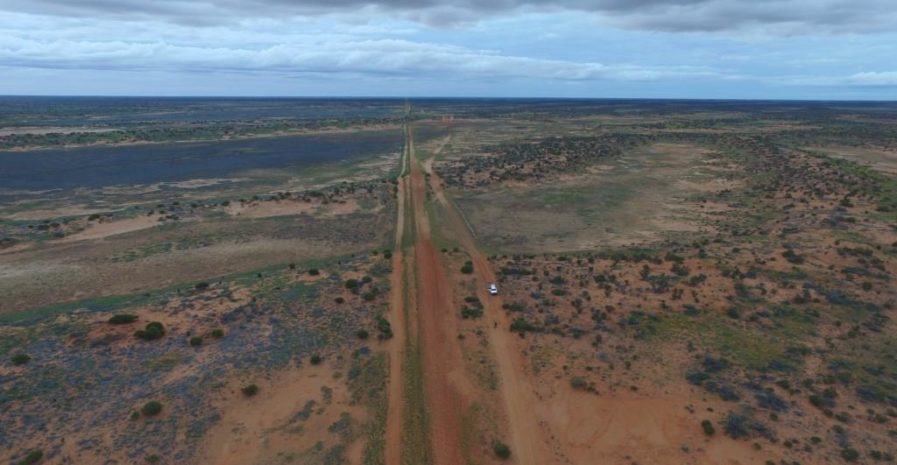Seed Predation Paradigm Shifts in Australia
Charlotte Mills
14 November 2016

Animals which specialise in eating seeds are known as seed predators. In the desert, their preferences for specific species of seeds can change the number and types of plants in an area by removing seeds from the bank they grow from.
In many countries mammals are the main seed predators, followed by ants then birds. In Australia, ants are considered the most important seed predators, and mammals are considered unimportant. The role of Australian mammals as seed predators is largely unknown because they were lost before we understood how they interacted with seeds, plants and soils. Our understanding of seed predation in Australia was therefore built in areas which are devoid of native mammals.
Now these mammals, once common around Australia, are only present in places like small islands or in secure fenced reserves. The recent establishment of strong populations in fenced reserves provides the opportunity to question their role as seed predators.
At the same time that native mammals declined, Australian desert landscapes became dominated by weedy shrub species and grasslands declined. This phenomenon, known as shrub encroachment, is a symptom of land degradation. There is no known seed predator for weedy shrub species, although they mostly grow in areas that lack mammals.
 Shrub encroachment. On the right hand side of this fence you can see many more shrubs. On the left side, much more grass (grey patches). Interestingly, we find lots of small mammals on the left, but none on the rightI studied seed predation in native mammal reserves, including Arid Recovery, to determine if Australian mammals are important seed predators, especially of weedy shrub species. I placed trays of weedy shrub seeds inside reserves where mammals are common and outside where mammals are rare. After two days I counted the number of seeds left in the trays. I used tracks at the trays and photos taken by motion sensing cameras to determine which animals were eating the seeds.
Shrub encroachment. On the right hand side of this fence you can see many more shrubs. On the left side, much more grass (grey patches). Interestingly, we find lots of small mammals on the left, but none on the rightI studied seed predation in native mammal reserves, including Arid Recovery, to determine if Australian mammals are important seed predators, especially of weedy shrub species. I placed trays of weedy shrub seeds inside reserves where mammals are common and outside where mammals are rare. After two days I counted the number of seeds left in the trays. I used tracks at the trays and photos taken by motion sensing cameras to determine which animals were eating the seeds.
Native mammals were the main predators of weedy shrub seeds and ate many more seeds than ants. The main seed predators inside the reserves were native hopping mice and the Burrowing Bettong, a small rabbit-sized marsupial closely related to kangaroos.
 A burrowing bettong (Bettongia lesueur). Burrowing bettongs were once common on the mainland and are now only found in fenced reserves or small islands.
A burrowing bettong (Bettongia lesueur). Burrowing bettongs were once common on the mainland and are now only found in fenced reserves or small islands.
My research indicates that paradigms on seed predation in Australia should be reconsidered to include mammals. I found that native mammals are important seed predators in Australia, and their decline may have contributed to shrub encroachment. This research demonstrates that projects aimed at restoring Australian native mammals may provide unexpected benefits such as natural weed control.